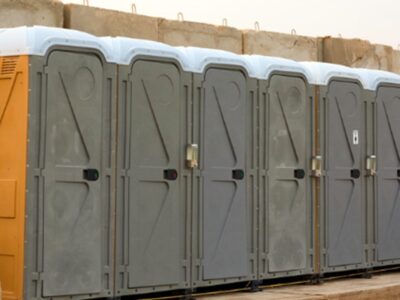Changing engine oil is one of the most fundamental responsibilities of a car owner. However, many owners of new cars have difficulties in carrying out this basic automotive maintenance task. Here’s a detailed guide from the experts –
Draining the Old Engine Oil
Before you get started, make sure your car is parked on stable ground. It is safe to use the parking brake as you raise the car with a hydraulic jack. Any sudden shaking can cause a costly error. Before you begin the process, make sure to run the engine for a few minutes as heating the engine ensures your oil is hot and not coagulated.
First, unscrew the sump plug with a wrench. Place the oil drain pan directly under the sump plug so that there’s no mess when you remove the plug. As the oil starts draining from the engine, clean the sump plug. Wait at least ten minutes for the engine to be completely drained. Then, screw back the sump plug. If all of this is too much hassle for you, consider buying an oil extractor. You can get this suction apparatus in most parts stores or car sales in Australia. It effortlessly drains the engine oil when placed on top of the engine.
Installing a New Oil Filter
Use sandpaper to get a proper grip on the filter-cap. Remove the old oil filter and clean the compartment to get rid of any remaining oil particles. Place the new oil filter and replace the O-rings as well to make sure there are no leaks in the system. Place the new oil filter and squeeze the filter cap as tightly as possible to ensure that there’s no leakage.
Adding New Engine Oil
Use a funnel at all times while filling the engine with oil. Read your car manual and fill it up only up to a level that is mentioned. Avoid overfilling and tightly close the oil cap when you are done. Allow the engine to run for a few minutes so that the new oil can enter the circulation. Once you’ve run the engine, allow it to cool off before checking the engine oil level with a dipstick. If you don’t own a dipstick, they are easily available in most automotive stores. All car stores sell dipsticks with ‘min’ and ‘max’ markings.
Once you’re done, take note of the date and the mileage on the car. Doing so will give you a clear idea of when the next change is due.











Comments